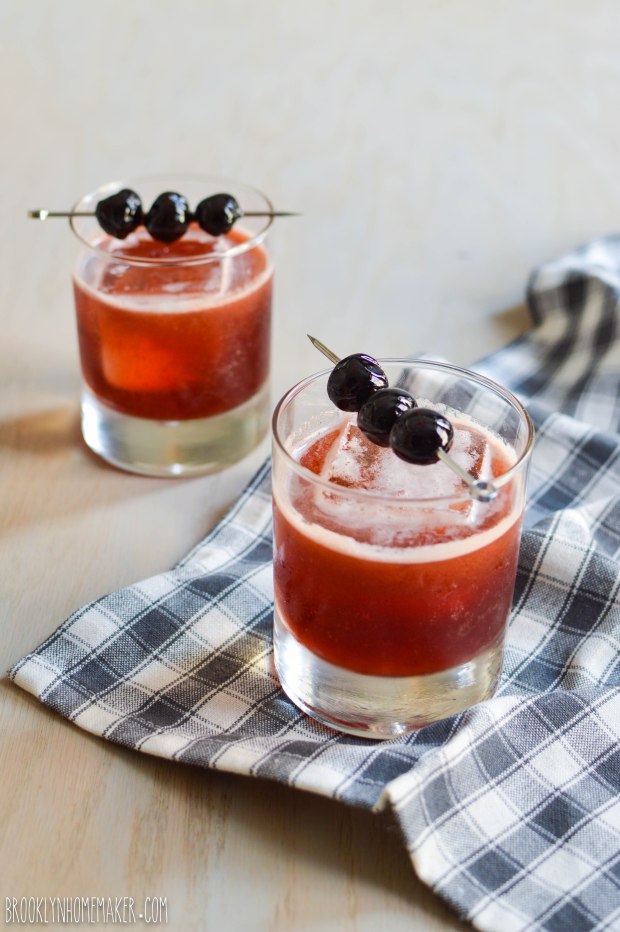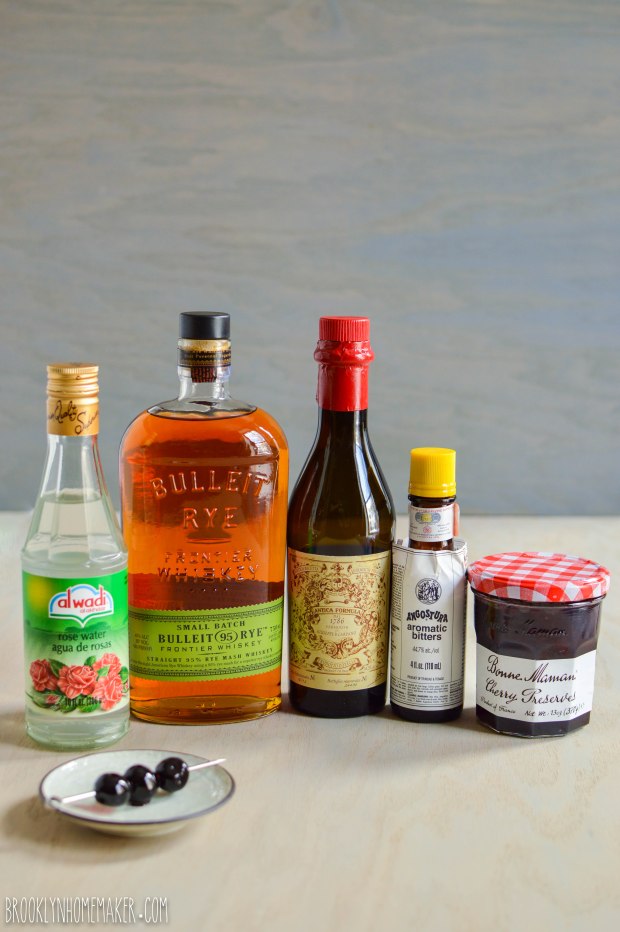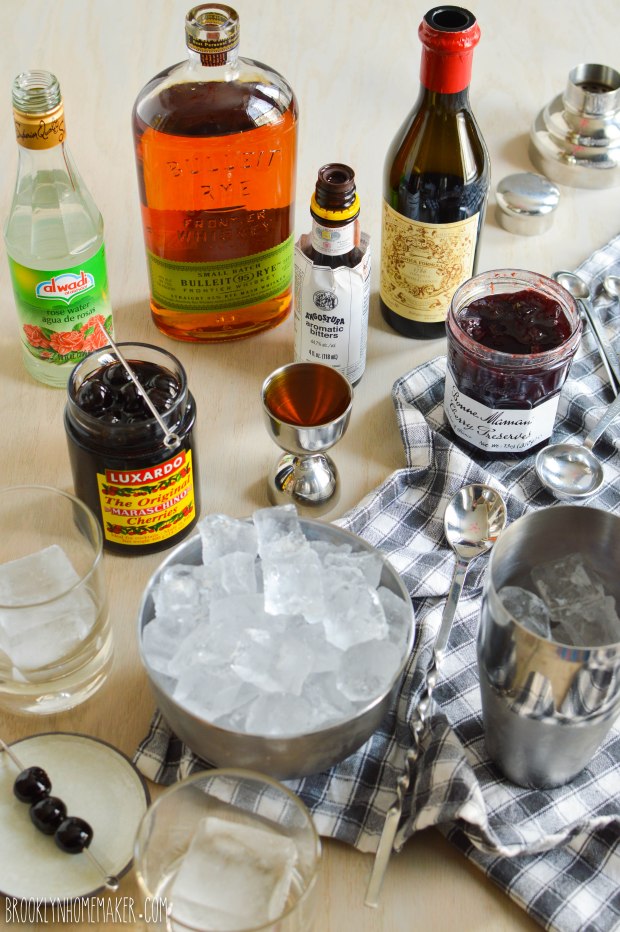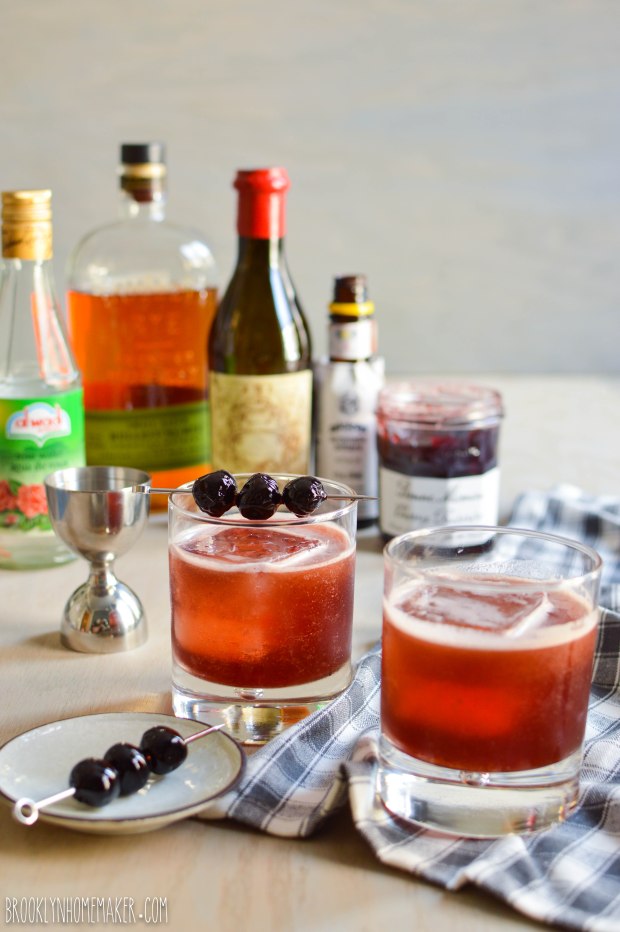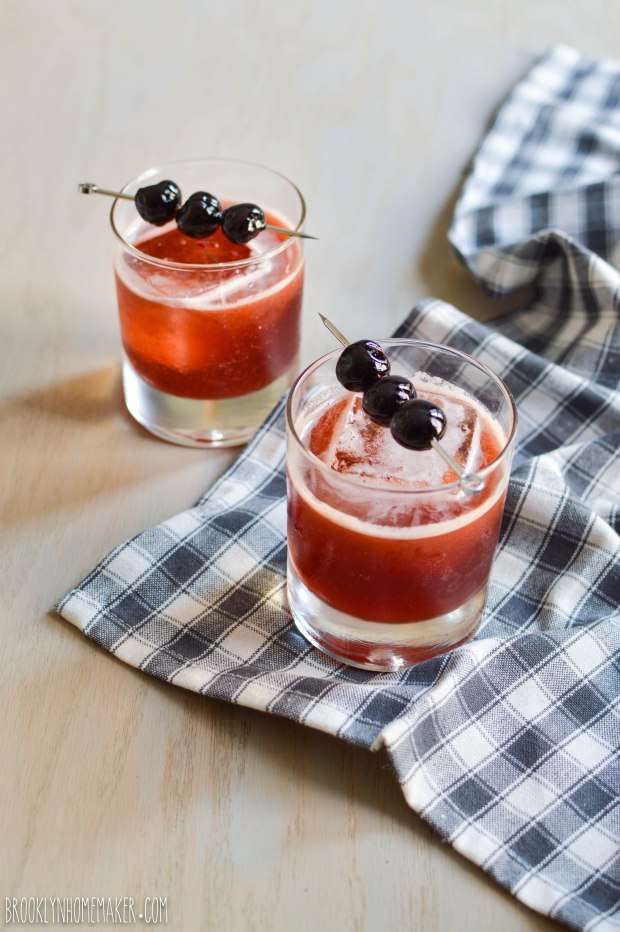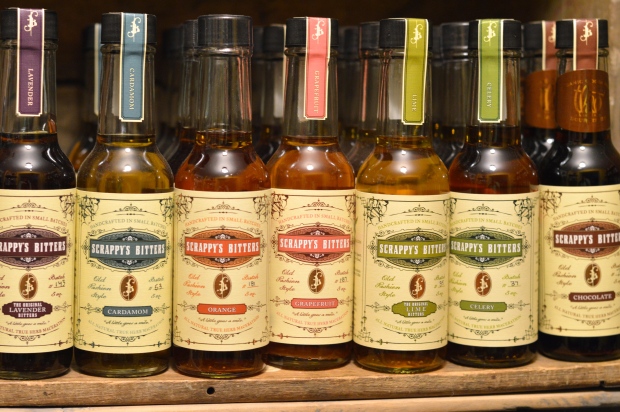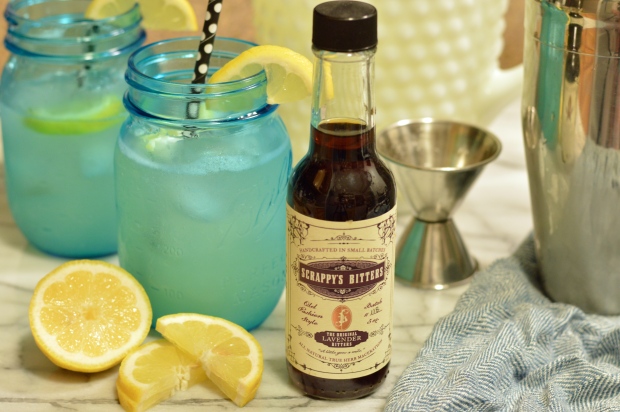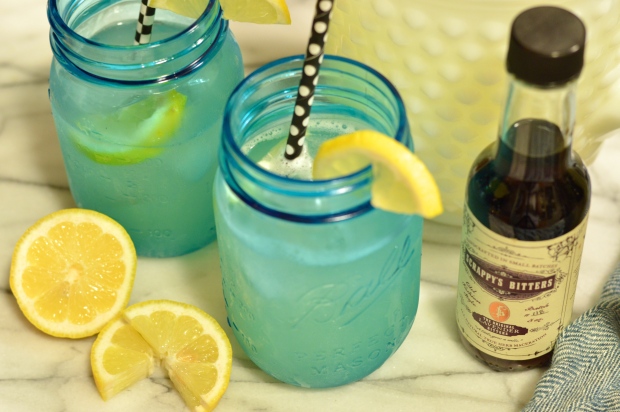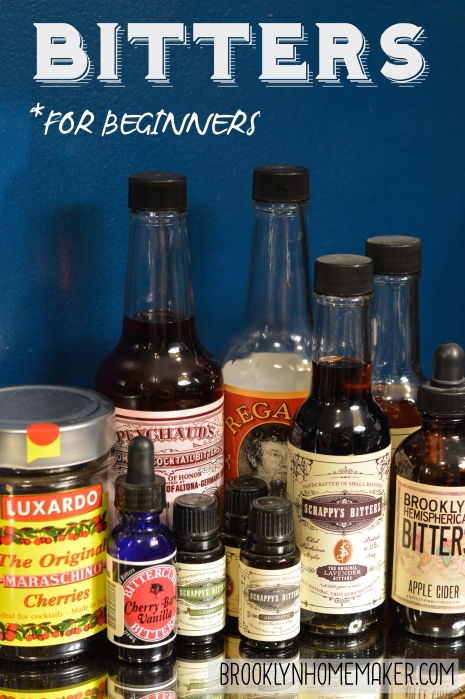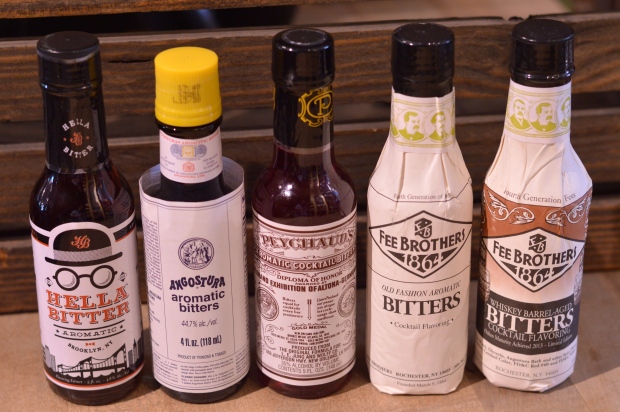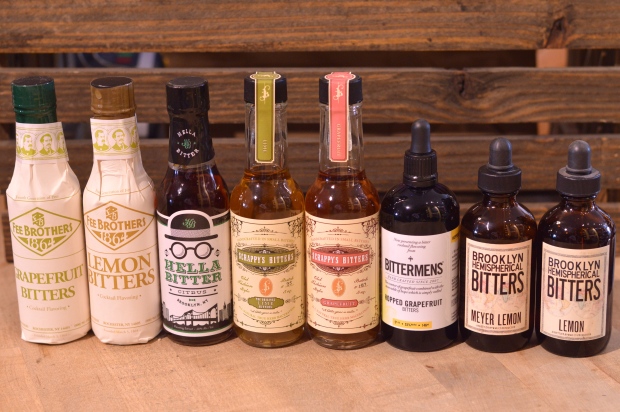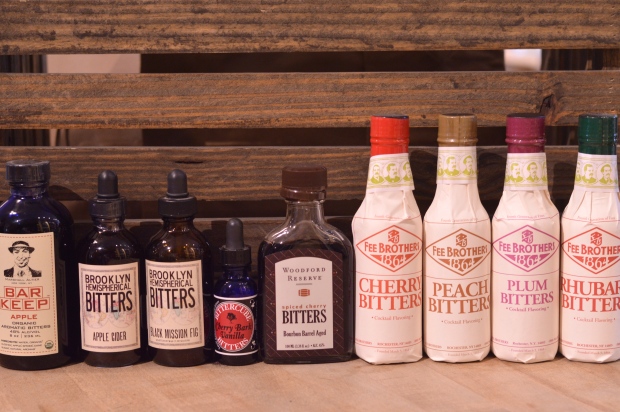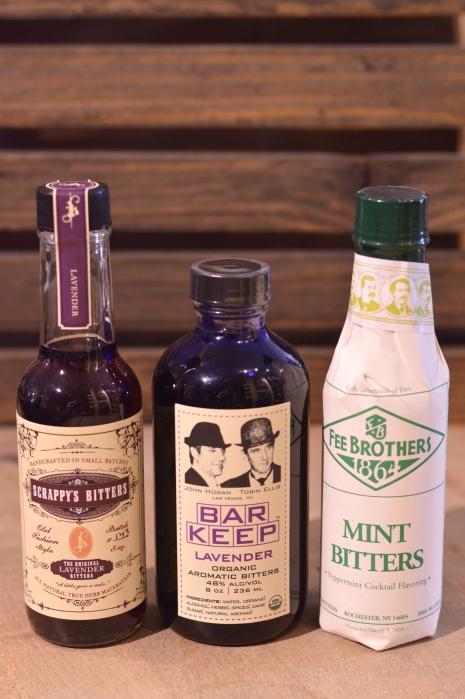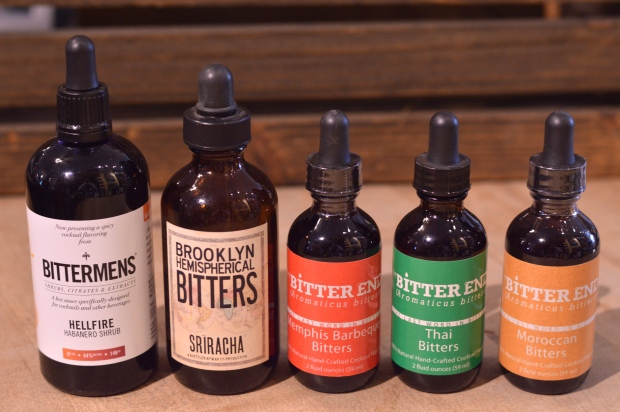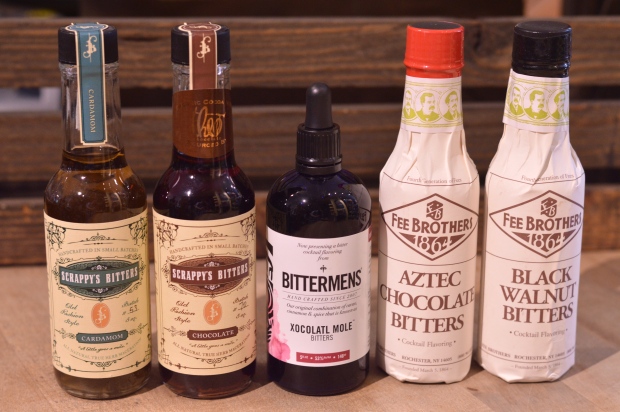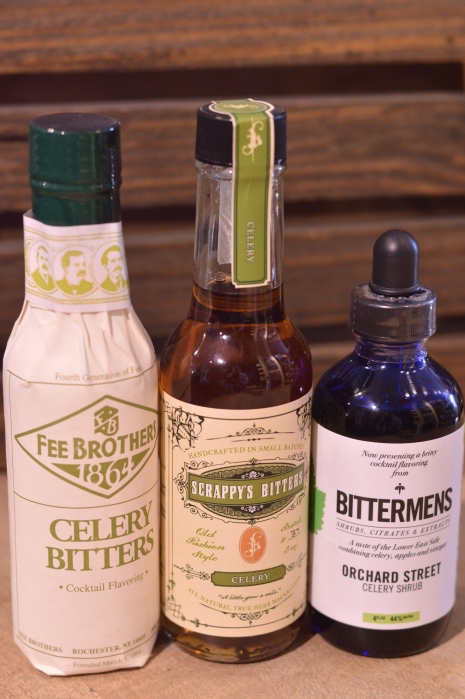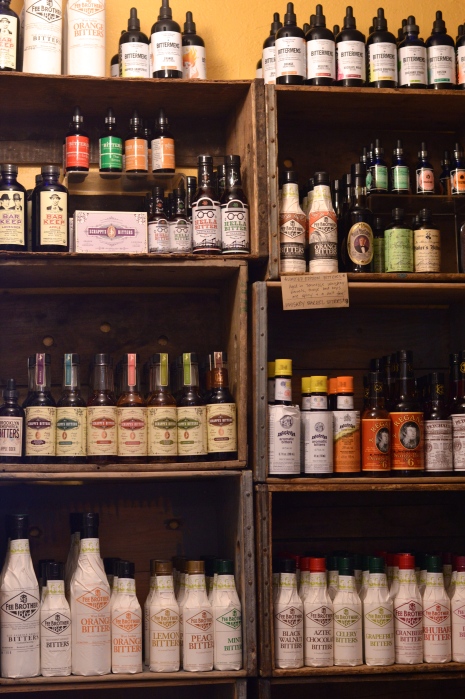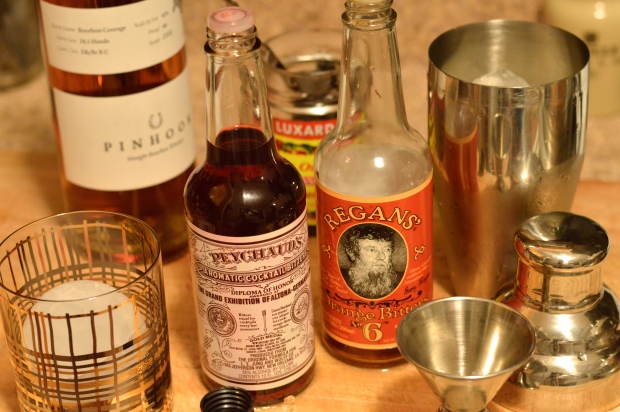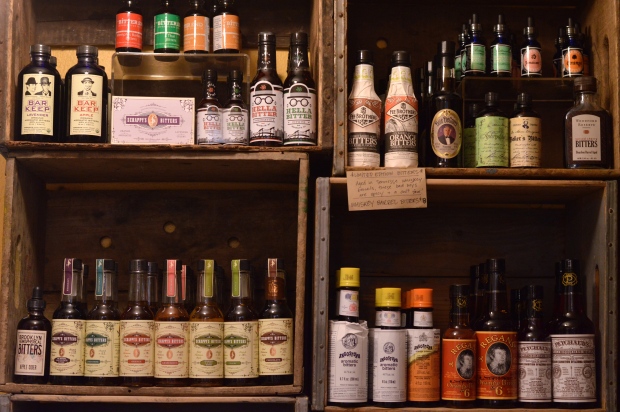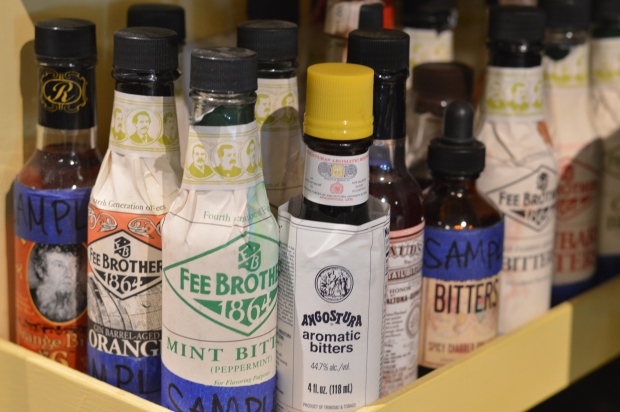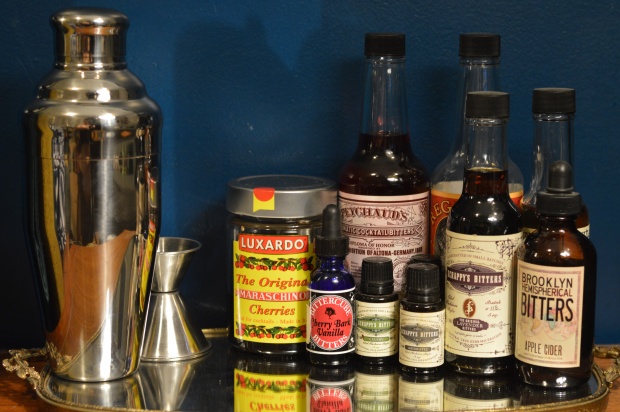A few weeks ago I mentioned that my dearest husband Russell had conned me into doing the Whole30 diet with him.
Thank god that’s over!
If you’re not familiar with it, the Whole30 is sort of like a cross between the Paleo diet and Atkins. It’s super protein heavy, focusing on calories from fat rather than grains or sugar. Alcohol is also strictly forbidden.
While we did feel a bit “better” after it was all over, we didn’t really have that OHMYGODI’VENEVERFELTSOAMAZINGINMYWHOLELIFE feeling that the internets promised us. It didn’t really seem all that bad at first, but a week in it felt like cruel and unusual punishment, and by the end it just felt like too much of a sacrifice and waaaaay too much work for the payoff. I also didn’t feel like it really was all that “healthy”, because while it does encourage you to eat a lot of fresh produce, it also encourages overconsumption of fat and protein and salt at the expense of the grains and carbs and sugar.
The biggest takeaway that I really hope to stick with is to read ingredient lists for everything I buy, and to avoid sugar in savory foods where it doesn’t seem to belong. Once you start paying attention, you’ll realize there is added sugar in basically every packaged food on the market, and a lot of it really is easy to avoid if you know what to look for.
When it comes to avoiding grains and sugar all the time though…
Nah…
You and I both know that shit just ain’t gonna happen.
Same goes for booze.
I wouldn’t really consider myself a heavy drinker, in fact I usually go weeks without drinking and don’t even think about it. I do enjoy a good stiff cocktail or tasty glass (or bottle) of wine from time to time though, and to be honest, it’s when I try to deny myself alcohol that I tend to crave it most.
Believe you me, after this crazy diet I fully needed and deserved a good strong drink.
Lucky for me, Drizly just invited me to join their Top Shelf Blogger Program.
I mentioned back in November that Drizly is basically just like seamless.com or delivery.com, but instead of burgers or sushi, Drizly delivers booze! I mean, how freakin’ amazing is that? We’re officially living in the future y’all!
Once I’d hatched a little plan for my first cocktail as a top shelf blogger, I had to get started with recipe testing. I was out of rye though, and nearly out of vermouth, so I went online, searched Drizly for what I needed, and had the bottles delivered to my front door in under an hour!
Magic!
The classic Manhattan has always been one my favorite cocktails, and I especially love when I reach the bottom of the glass and get to eat those dark jammy little Luxardo maraschino cherries. It dawned on me one day that if one of my favorite things about a Manhattan is the jammy cherries, what was to stop me from just making a cocktail with cherry jam?
When making a drink with jam, it’s important to shake it rather than stirring like you would a classic Manhattan. The jam needs to be shaken in to fully dissolve into the alcohol, and once shaken it needs to be strained into the glass to hold back any chunks of fruit that didn’t incorporate.
The jam does make the cocktail a bit sweeter than it would traditionally be, almost more like an Old Fashioned, so I think it’s important to use rye whiskey rather than bourbon. Bourbon is sweet and mild on it’s own, while rye has a bold, dry, almost spicy quality that holds it’s own against the sugary jam.
To add just a little something extra, I thought that a touch of rose water could compliment the sweet fruitiness of the cherry. Rose water is seriously strong stuff though, and a little goes a looooong way. It took me quite a while to work out exactly the right amount that would come through without overpowering the whole drink. We had to do a whole lot of recipe testing to get the ratios just right, but luckily this drink is seriously tasty and Russell was a willing guinea pig.
In the end I realized that it’s almost best if you can only smell the rose when you put the glass up to your lips, but don’t really taste it much in the drink. The difference between a 1/4 teaspoon and a 1/2 teaspoon can mean the difference between a interesting cocktail with an elegant floral undertone, and taking a swig from an old perfume bottle you found in your grandma’s bathroom.
With the jam to whiskey to rose water ratio just right, this drink is a freakin’ masterpiece. I’ve gone ahead and gilded the lily y’all, and I think we’re all going to be better for it. I mean, maybe it’s the hooch talking, but this is seriously one of the best cocktails I’ve ever made for you guys. Strong and serious like a good Manhattan should be, but with a hint of sweet delicate elegance from the floral fruitiness of cherry and rose. Masculine and feminine. Yin and Yang. Tracy and Hepburn.
Now that I’m a Drizly top shelf blogger, you can expect at least a handful of equally “intoxicating” (har har) recipes from me every year. To help you take full advantage of everything Drizly has to offer, I even have a nifty promo code that you can use on your first visit to their site! If you follow this link to refer a friend, you’ll both receive $5 off your first orders with the promo code: bkhoochmaker
Bottoms up y’all!
The Jam-hattan
1 oz sweet vermouth (I used Carpano Antica)
1 tablespoon cherry jam *see note
1/4 teaspoon rose water **see note
2 to 3 dashes aromatic bitters
garnish with 1 or 2 Luxardo maraschino cherries, if desired
Combine the whiskey, vermouth, jam, rose water, and bitters in a cocktail shaker with plenty of ice.
Shake shake shake until the shaker is ice cold and frosty on the outside, a good minute or so. Strain over ice into a rocks glass, and garnish with a skewer of Luxardo maraschino cherries.
Bottoms up!
Notes:
*Different jams have different sugar to fruit ratios, so your drink may come out sweeter than mine if you use a jam with more sugar than the “Bonne Maman” Cherry Preserves that I used. If your jam is very sweet, you may want to use a little less.
**Some rose waters are more powerfully flavored than others, so if yours doesn’t come through enough you can add a drop more, one drop at a time, until you’re happy with it. Just be careful! Rose water is STRONG stuff and can easily overpower your drink.
